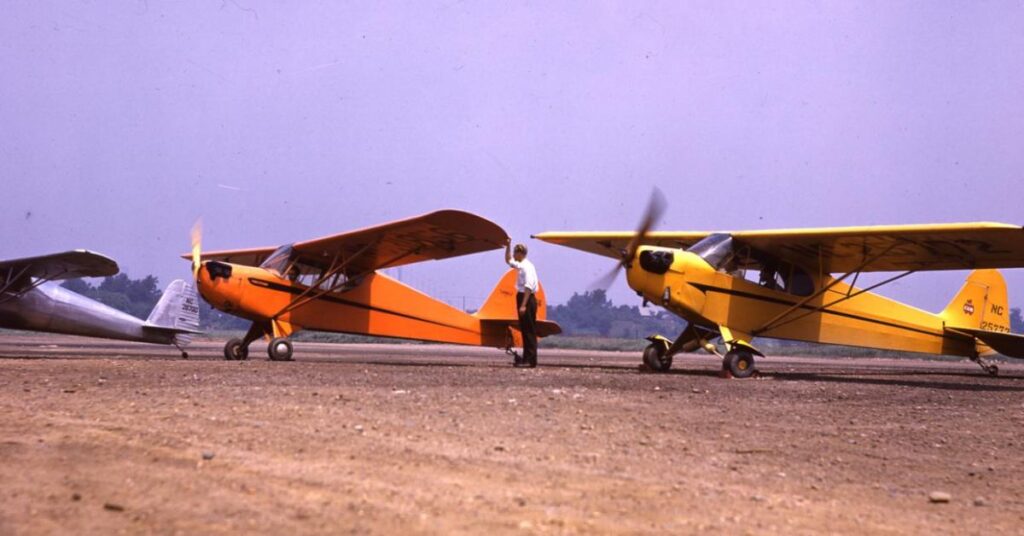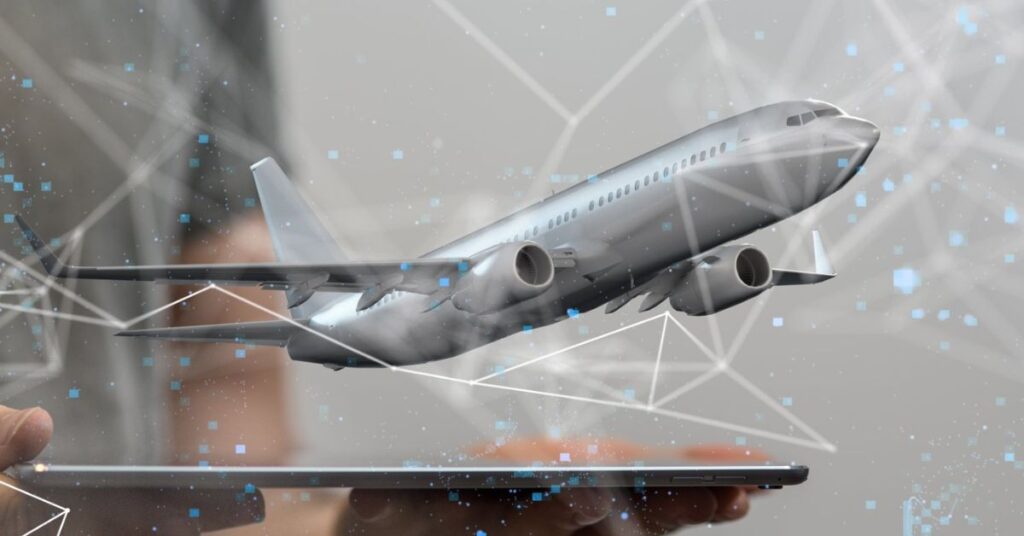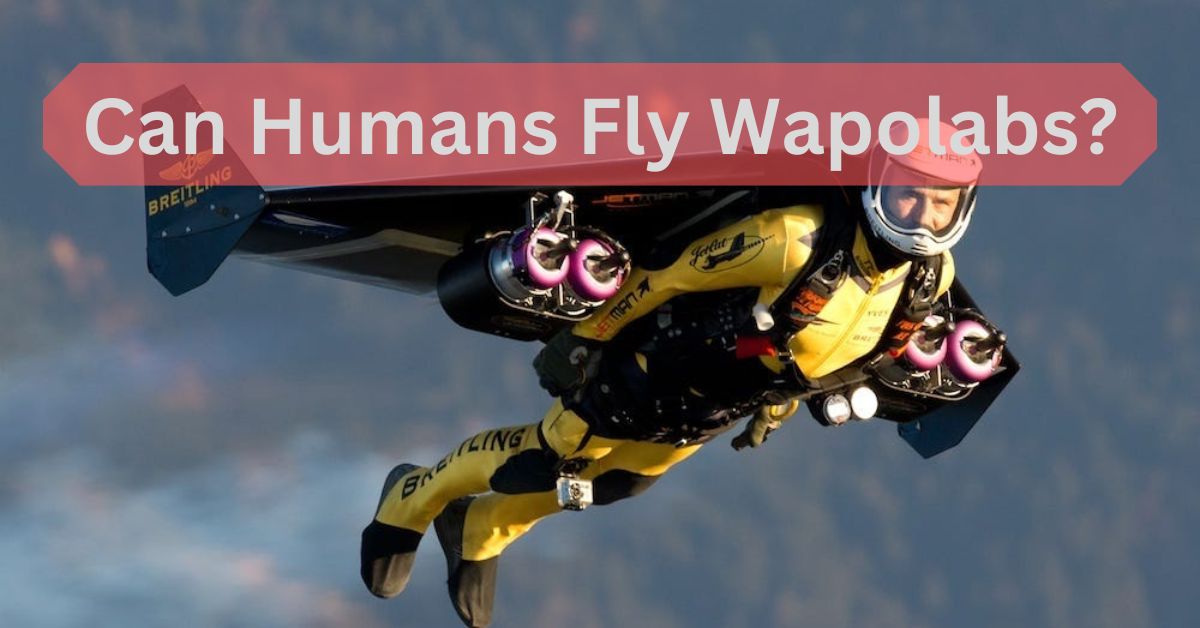Have you ever imagined yourself gliding above the ground in the clouds, feeling the wind whip past you as you do so with ease? Wapolabs and technological advancements are increasing the chances of flying in ways that have not been imagined before.
However, can people at least fly in the same sense that flying refers to among birds? Shall the human spirit soar or be stuck to the Earth?
In this article, we will explore the realities of human flight, examining various methods, technologies, and the physiological limitations that determine how and if we can achieve powered flight.
The Evolution of Flight: A Brief History:
Historical context:
- The dream to fly has been magnetic all through the years, from the ancient myth of Icarus to experimentation in ballooning and gliding.
- The pioneers Otto Lilienthal and the Wright brothers set great steps to powered flight at the end of the 19th century and the beginning of the 20th century. However, the vision of manned aviation was realized only after the Wright brothers achieved the first airplane flight in 1903.
- Their successes laid the foundation for modern aviation, demonstrating that humans could indeed leave the ground, albeit with the help of technology rather than innate ability.
Technological evolution:
- The mechanism of jet technology in the mid-twentieth century revolutionized flying and enabled it to go faster and farther.
- A new dimension of human flight was achieved with the launch of rockets and spacecraft, and the ultimate achievement was the Apollo mission to the Moon.
- With advancements in materials, technology, and sustainability, aviation is still expanding today.
Wapolabs: A Pioneer in Flight Technology:

Wapolabs has emerged as a leader in aviation technology, focusing on innovative solutions that challenge conventional limits. One particularly promising area of their research is the development of groundbreaking flight technologies.
While they haven’t publicly announced any specific projects related to human flight, their existing expertise and innovative approach suggest that they could be making significant strides in this field.
The Technology Behind the Vision:
- Wapolabs’ innovation integrates cutting-edge technologies, such as electric propulsion, lightweight materials, and sophisticated aerodynamics.
- Wapolabs has created safe, easy-to-use, and beneficial ideas by concentrating on these essential components.
- Wapolabs emphasizes sustainability by utilizing electric power systems, which improve efficiency and lessen the environmental impact of aerial transportation.
- Additionally, AI-driven stabilization systems ensure balance and control, even at high speeds or in challenging environments.
- By harnessing these advanced technologies, Wapolabs is pioneering a new era in personal aviation and exploring the vast potential of human flight.
Read More: Appfordown-A Trusted Platform for App Downloads
Challenges and limitations of human flight:
1. The role of anatomy:
- One of the main reasons people cannot fly unaided is our anatomical structure. Unlike birds, we lack the lightweight bones, powerful muscles, and specialized wing structures necessary for sustained flight.
- Maintaining stability and managing flight require precise balance and coordination.
- Visual acuity, depth perception, and spatial awareness are essential to recognize and avoid environmental issues.
2. Understanding the lift and thrust:
- The upward force that counteracts gravity is generated through the interaction of air with the wings or other lifting surfaces. This is typically achieved by creating a difference in air pressure above and below the wing.
- Meanwhile, thrust propels the object forward. Birds achieve this through flapping wings, while airplanes use engines or propellers.
- Creating the necessary lift and thrust without external assistance poses a significant challenge for humans.
3. Safety Concerns:
- Human flight increases the risk of accidents, injuries, and fatalities.
- Inclement weather, turbulence, and air traffic pose significant hazards.
- Pilots may experience disorientation, leading to loss of control.
Read More: Dave Watkin Aggreg8-Revolutionizing Digital Collaboration with Security and Efficiency
Safety and Sustainability: Key Considerations for Human Flight:

1. Prioritizing Safety in Design:
- As exhilarating as flight may be, safety is paramount in Wapolabs’ design philosophy. The company is committed to ensuring its flying technologies meet rigorous safety standards.
- Extensive testing and simulations are carried out to mitigate potential dangers and increase public confidence in personal and urban air mobility.
- Strong emergency processes should be in place, such as evacuation plans and medical guidelines.
- Aviation equipment should undergo much testing and maintenance to lower the possibility of failure.
2. Commitment to Sustainability:
- Therefore, the company’s objectives, which emphasize energy conservation, are to lessen global warming and construct electric flying machines.
- This focuses on sustainability and the fact that they know we are entitled to explore space while at the same time taking care of the environment.
- Flight operations should be done in a manner that does not hinder the conservation of the habitat and pose a threat to wildlife.
- Concerns about emissions, noise, and ecological invasion associated with flight must be assessed and reduced.
Read More: Tech thehometrotters.com-Your Guide to Innovation and Home Improvement
FAQs:
1. Can humans fly without the aid of technology?
Unfortunately, humans cannot fly without technology due to our physical limitations.
2. How long can I fly with WapoLabs?
Flight duration will depend on factors like battery life, weather conditions, and pilot fatigue.
3. Can I fly anywhere with WapoLabs?
No, restricted areas and regulations will govern where and when you can fly.
Conclusion:
WapoLabs is leading the way in personal flight innovation, making accessible air travel a potential reality. Despite challenges, their advancements in flight technology mark a significant step towards transforming human mobility, promising a future where the sky is no longer a limit but a starting point for endless possibilities.










